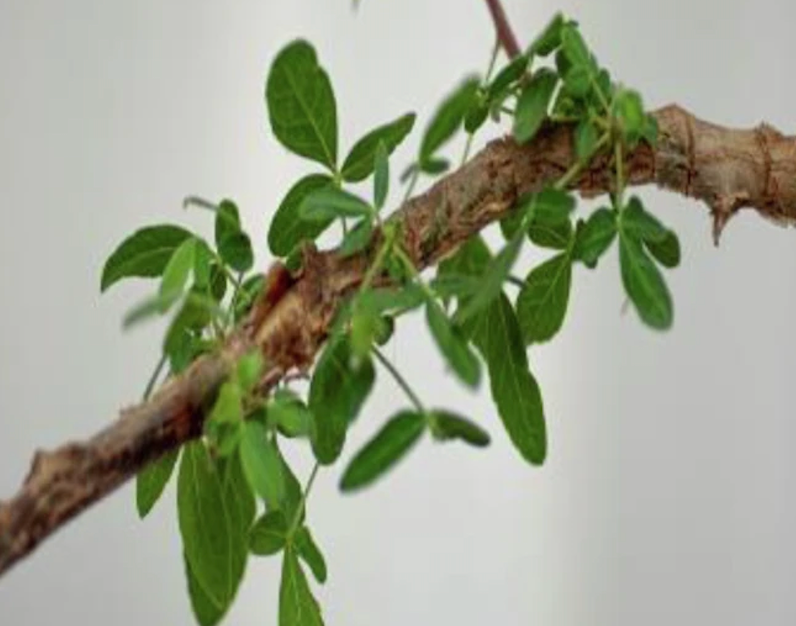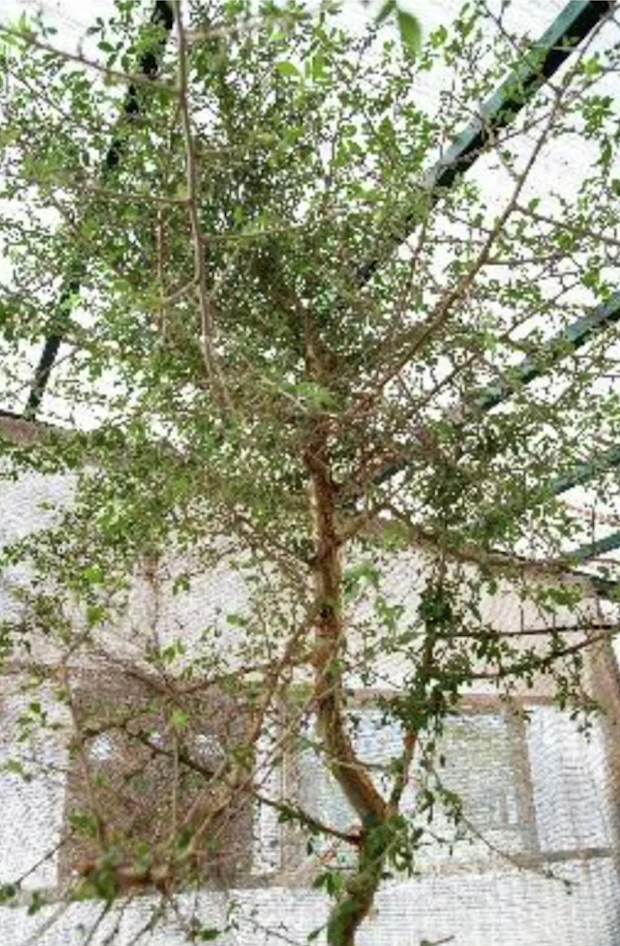Scientists grow ‘lost tree’ mentioned in Bible using mysterious 1,000-year-old seed
Tree’s resin, called ’tsori’ in Biblical texts, was highly prized in ancient world for its used in perfume, incense, cataract medicine, embalming agents, and antidotes
Your support helps us to tell the story
From reproductive rights to climate change to Big Tech, The Independent is on the ground when the story is developing. Whether it's investigating the financials of Elon Musk's pro-Trump PAC or producing our latest documentary, 'The A Word', which shines a light on the American women fighting for reproductive rights, we know how important it is to parse out the facts from the messaging.
At such a critical moment in US history, we need reporters on the ground. Your donation allows us to keep sending journalists to speak to both sides of the story.
The Independent is trusted by Americans across the entire political spectrum. And unlike many other quality news outlets, we choose not to lock Americans out of our reporting and analysis with paywalls. We believe quality journalism should be available to everyone, paid for by those who can afford it.
Your support makes all the difference.The resin of a tree grown from an ancient seed found in a desert cave near Jerusalem could be the source of a medicinal balm mentioned in the Bible, a new study has found.
The strange seed, about 2cm long, was discovered in a Judean Desert cave in the late 1980s, and dated to between 993AD and 1202AD. After years of attempting to grow the plant, researchers have identified the sapling nicknamed “Sheba”.
DNA analysis has revealed that the tree belongs to a unique species of the Commiphora family, which is distributed across Africa, Madagascar and the Arabian Peninsula and known for its aromatic gum resins.
Researchers suspected the “Sheba” tree to be a candidate for the “Judean Balsam” or “Balm of Judea”, which was cultivated exclusively in the desert region of southern Levant during Biblical times.
The Judean Balsam has been extensively described in the literature from Hellenistic, Roman-Byzantine and Post-Classical periods between the 4th century BC and the 8th century AD.

The tree’s resin, called ”tsori” in Biblical texts, was highly prized in the ancient world and exported throughout the Roman Empire. Previous research suggested it was used as perfume, incense, medicine for cataract as well as for embalming and as an antidote to poisons.
In spite of its value, the Judean Balsam seems to have disappeared from the Levant region by the 9th century.
The new DNA study has indicated that the “Sheba” tree was likely used during Biblical times as rootstock onto which the legendary perfume tree Judean balsam was grown.
“Grafting may also explain why Commiphora seeds have not been identified from excavation sites,” researchers said.
They found that the sapling’s leaves have biologically active compounds with anti-inflammatory properties.

“’Sheba’, an unknown Commiphora species with a unique genetic fingerprint, may represent an extinct taxon once native to this region whose resin ‘tsori‘ mentioned in Biblical texts was valuable, associated with healing but not described as fragrant,” researchers said.
The sapling has not yet produced flowers and fruit, which researchers hope would help them compare the tree better with modern-day relative species.
They speculate the environment where it now grows may not be conducive to its flowering and reproduction.
“Despite these limitations, the germination of an ancient Commiphora seed from the Judean Desert shows evidence for the first time of its presence in this region about 1,000 years ago and possible identification with a native tree or shrub whose valuable resin ‘tsori‘ was associated with medicinal use in the Bible,” researchers said.
The latest research also sheds light on the importance of resurrecting species of likely significance to ancient cultures, they said.
This article has been updated to reflect that the seed was discovered in the 1980s.
Join our commenting forum
Join thought-provoking conversations, follow other Independent readers and see their replies
Comments